
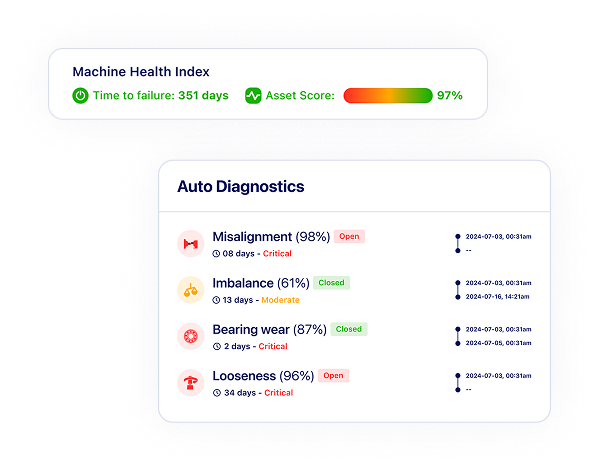

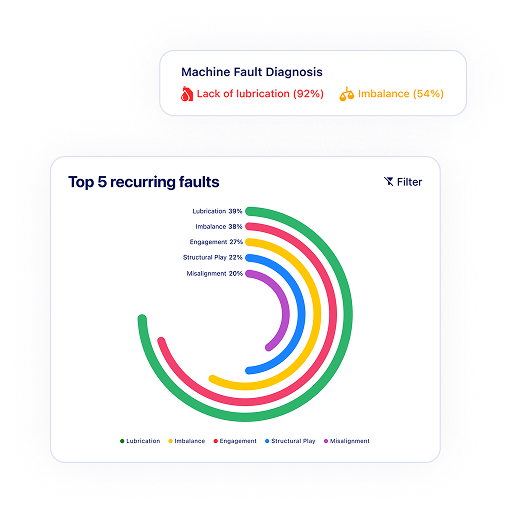
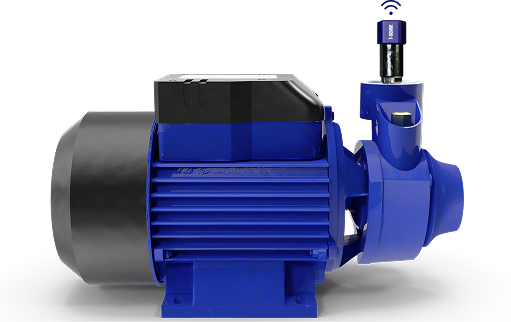

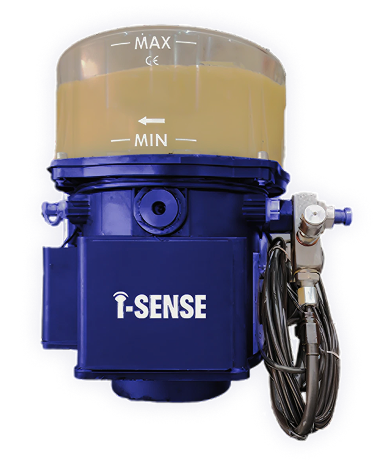

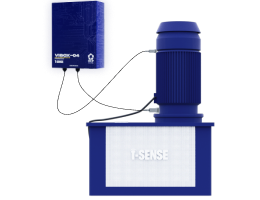





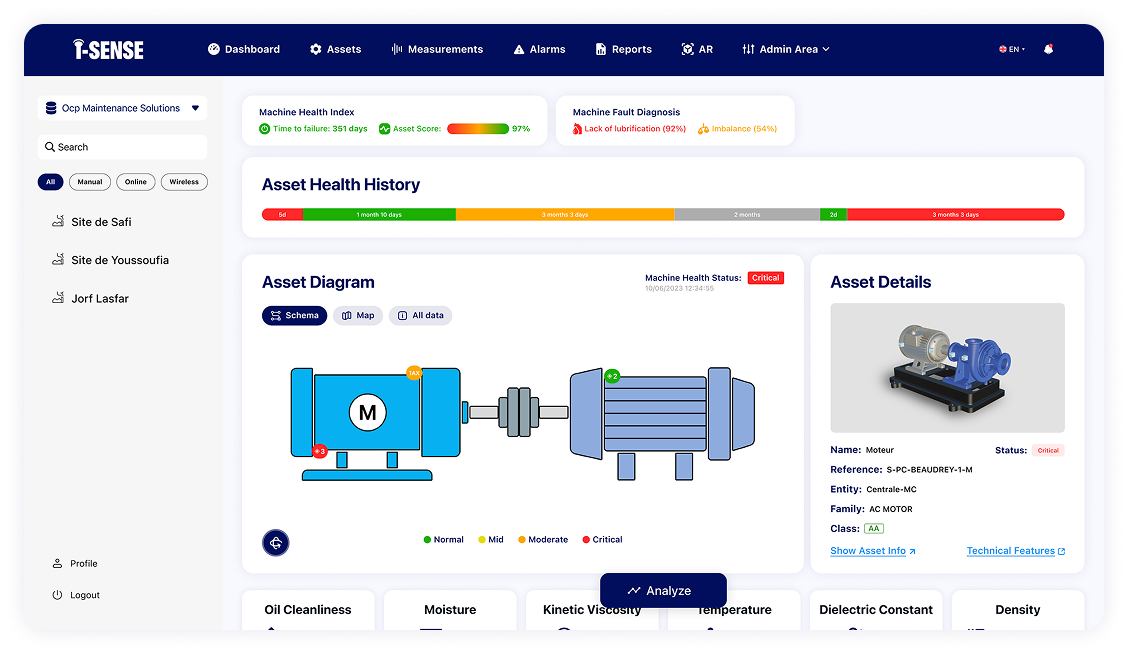
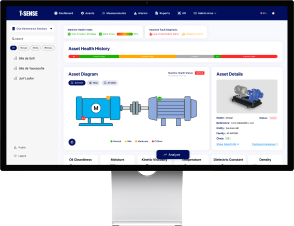

















Predictive maintenance is a proactive strategy that leverages advanced tools and technologies to analyze equipment data and predict potential failures before they occur. By utilizing sensors and monitoring systems integrated with CMMS (Computerized Maintenance Management System) software, it identifies patterns and anomalies in real-time, allowing maintenance teams to optimize asset performance and scheduling. This approach minimizes unplanned downtime, reduces repair costs, and extends the lifespan of critical equipment. The continuous collection and analysis of data enable a more efficient allocation of resources and precise maintenance interventions. Through predictive algorithms and machine learning models, organizations can focus on condition-based rather than time-based maintenance, ensuring that interventions are performed when necessary. This not only enhances reliability but also improves the overall operational efficiency of industrial assets by ensuring that all work.

Predictive maintenance is powered by several key technologies that ensure efficient asset management. IoT sensors continuously capture real-time data from equipment, monitoring critical parameters such as temperature, vibration, and energy usage. Machine learning and data analytics solutions process this information to identify patterns and predict failures before they occur. Cloud-based systems and mobile platforms make insights accessible anytime, enabling faster decision-making. Together, these technologies help industries integrate predictive maintenance into their existing management systems for optimized asset performance.

Predictive maintenance is widely adopted across industries where equipment reliability and asset management are essential. In manufacturing, real-time data and IoT-based monitoring solutions help avoid costly downtime. The energy and utilities sector uses predictive analytics to manage critical systems and extend the lifetime of assets. In transportation and aerospace, predictive maintenance ensures safety, improves machine performance, and reduces delays. Healthcare and heavy industry also rely on mobile and cloud-based solutions for equipment monitoring and proactive maintenance strategies. Overall, any industry that depends on high-value assets can benefit from predictive maintenance.

Predictive maintenance reduces costs by using data-driven solutions to optimize asset management and extend equipment lifetime. Instead of performing routine maintenance at fixed times, predictive systems rely on IoT sensors and machine analytics to identify when an asset truly requires intervention. This reduces unnecessary work, lowers spare part inventories, and minimizes downtime. Early detection of failures also prevents major machine breakdowns, saving both time and money. By adopting cloud-based and mobile maintenance systems, industries achieve more efficient management of assets, leading to significant long-term cost reductions.

Implementing predictive maintenance can be challenging due to factors such as high initial investment in IoT sensors, data infrastructure, and analytics technologies. Many industries struggle to integrate predictive systems with existing asset management tools or legacy equipment. Data quality, cybersecurity, and the need for specialized skills in machine learning and analytics are additional barriers. Time and change management also play a role, as companies must adapt processes to new data-based workflows. However, by starting with pilot projects and scaling step by step, organizations can progressively adopt predictive maintenance solutions and realize long-term asset performance gains.